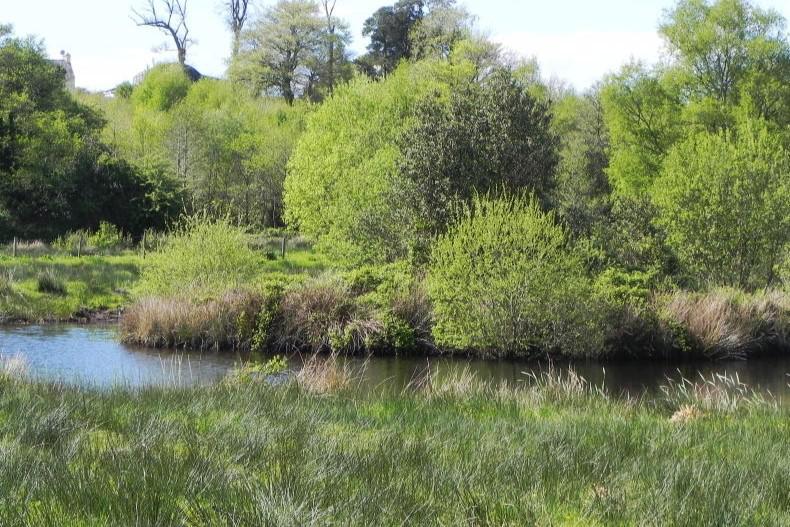A total of 340 National Parks and Wildlife Service (NPWS) farm plan schemes were up and running in 2023, figures from the Department of Heritage show.
The farm plan scheme is in place to help deliver bespoke solutions at farm level, focussing particularly on sites of environmental priority.
These sites include Special Areas of Conservation (SACs), Special Protection Areas (SPAs) and Natural Heritage Areas (NHAs).
However, the scheme also operates outside of these designations, in areas, for example, where species of conservation concern occur.
“Each farm plan is unique and tailored to the individual needs of nature on the individual farm and field.
“The process of designing a farm plan includes the farmer/landowner, an agri-environmental planner and NPWS,” a Department of Heritage spokesperson said.
Themes catered for under the NPWS farm plan scheme include, but are not limited to:
Habitats, eg, species rich grasslands, fen, esker, coastal, blanket bog, heaths, rivers, scrub, etc;Birds of conservation concern;Pollinators;Natterjack toad.Management of invasive species
Measures
There are various measures that can be applied, depending on the objective of the plan and the needs of the site in question.
Sometimes, this includes preparatory or supporting actions, such as fencing and water infrastructure, to enable management as appropriate.
Although sometimes, management may equate to continuing existing practice, or even resting the land to leaving nature return.
Examples of measures listed for NPWS farm plans include:
Predator management fence;Management of invasive alien animals or plants;Rush management;Buffer zone along water course;Bat roost;Corncrake created cover;Field margin and hedgerow managment for wildlife;Wildlife ponds;Traditional meadow management for ground nesting birds;Appropriate animal dosing;Grazing during the winter only;Alteration of tramlines;Cessation or removal of particular crops;Organic system implementation;Barn owl boxes.
A total of 340 National Parks and Wildlife Service (NPWS) farm plan schemes were up and running in 2023, figures from the Department of Heritage show.
The farm plan scheme is in place to help deliver bespoke solutions at farm level, focussing particularly on sites of environmental priority.
These sites include Special Areas of Conservation (SACs), Special Protection Areas (SPAs) and Natural Heritage Areas (NHAs).
However, the scheme also operates outside of these designations, in areas, for example, where species of conservation concern occur.
“Each farm plan is unique and tailored to the individual needs of nature on the individual farm and field.
“The process of designing a farm plan includes the farmer/landowner, an agri-environmental planner and NPWS,” a Department of Heritage spokesperson said.
Themes catered for under the NPWS farm plan scheme include, but are not limited to:
Habitats, eg, species rich grasslands, fen, esker, coastal, blanket bog, heaths, rivers, scrub, etc;Birds of conservation concern;Pollinators;Natterjack toad.Management of invasive species
Measures
There are various measures that can be applied, depending on the objective of the plan and the needs of the site in question.
Sometimes, this includes preparatory or supporting actions, such as fencing and water infrastructure, to enable management as appropriate.
Although sometimes, management may equate to continuing existing practice, or even resting the land to leaving nature return.
Examples of measures listed for NPWS farm plans include:
Predator management fence;Management of invasive alien animals or plants;Rush management;Buffer zone along water course;Bat roost;Corncrake created cover;Field margin and hedgerow managment for wildlife;Wildlife ponds;Traditional meadow management for ground nesting birds;Appropriate animal dosing;Grazing during the winter only;Alteration of tramlines;Cessation or removal of particular crops;Organic system implementation;Barn owl boxes. 





 This is a subscriber-only article
This is a subscriber-only article










SHARING OPTIONS: